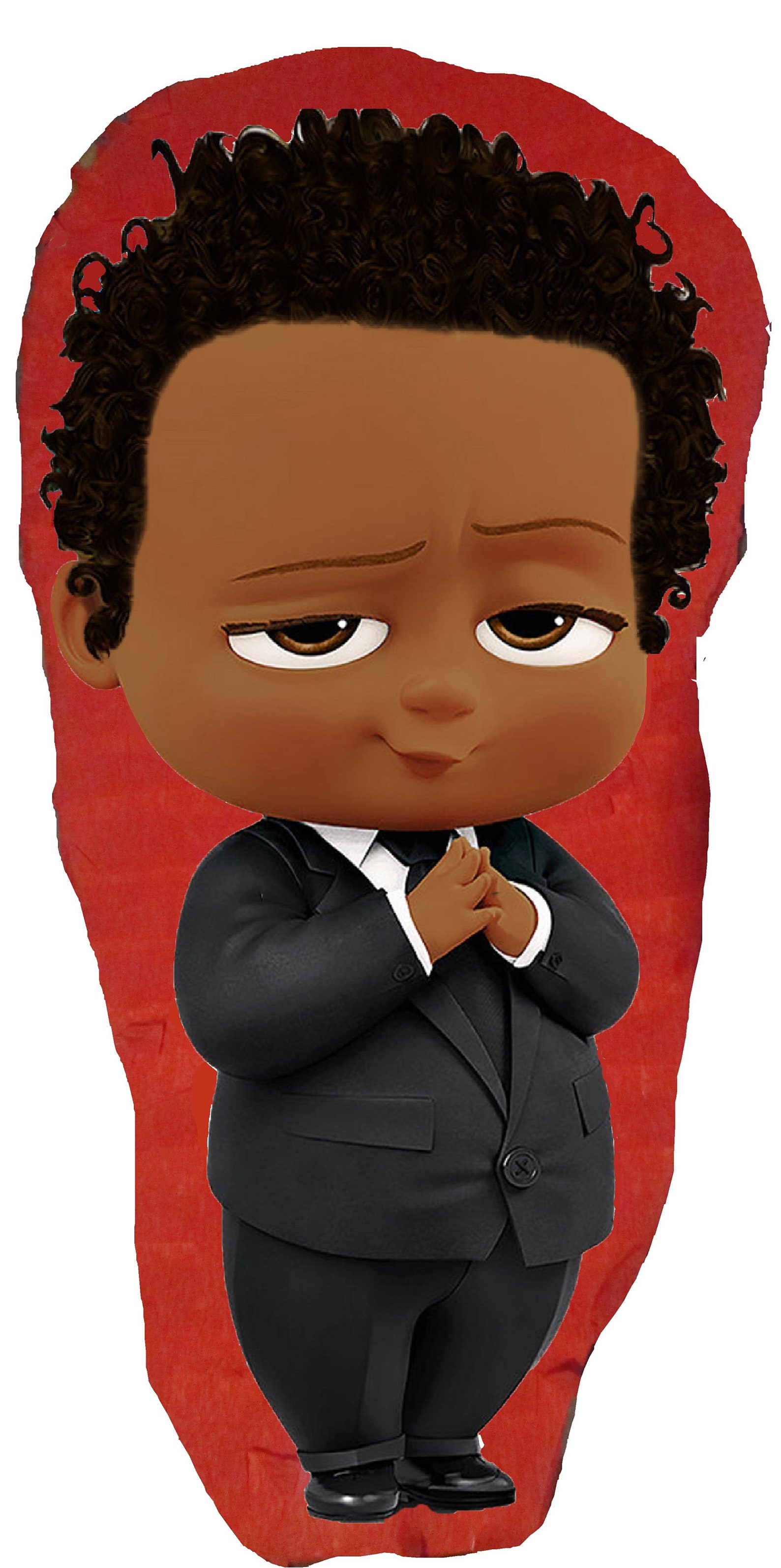

Similarly, the same survey found little consensus on which race Hispanics identify with, particularly across generations. Among second and third generation Hispanics, a much smaller percentage speak Spanish as their main language.

Not only do they come from all over the world, but just a minority of them speak Spanish as their primary language, according to Pew Research Center surveys. Hispanic Americans are an even more diverse group. Likewise, the ethnic composition of countries with Spanish cultures varies considerably-the majority of the population in Chile is descendant from European settlers, while in Bolivia it is from American Indians, and in the Dominican Republic from African slaves. In most of the countries, including Spain and Mexico, Spanish is not the predominant language in large areas of the countries. One of the reasons it is hard to categorize Hispanic/Latinos is their geographic distribution-Spanish culture is found in countries on all five of the largest continents. In the U.S., the generational differences among Hispanics are so large that it is difficult to project what being an Hispanic/Latino American will mean in another generation. But among Hispanics, significant differences exist between the many nationalities with Spanish culture. Given that there is no credible science behind the official racial designations, adding Hispanic/Latino as a sixth race to the census makes just as much sense as the current racial groups. In the case of Hispanics, the Census is considering designating Hispanic/Latino as a separate race altogether in 2020 to avoid having so many write in their race again. And since then other ethnic groups, including those originating in the Middle East have also lobbied to be counted separately. In 1970, the Census began collecting data on Hispanics.

Today, in a post-civil rights era, many ethnic groups want to be counted separately.

While Hispanics were successful in the early 20 th century, Indians and a number of other groups were not designated as white. Hispanics and other ethnic groups, such as Armenians, Lebanese, and Indians, lobbied to be designated as white and not counted separately. history, what race you were categorized in mattered. The Census Bureau’s current geographic classification of its five racial groups could be certain they had access to citizenship and the rights that came with it. Blacks received citizenship after the Civil War, but it wasn’t until the Immigration and Nationality Act in 1952 that all non-whites in the U.S. This culminated in the Dred Scott Decision of 1857 in which the Supreme Court barred anybody who wasn’t white from U.S. When the theory of race spread in the early United States, non-whites gradually lost their rights. Though the scientific theories behind the idea that people belong to different races have been widely discredited, the historic and widespread use of race has given racial classifications a social meaning that makes it necessary for the Census to continue to collect race data. The Census Bureau’s five official racial groups have been in use for much of the Bureau’s history and date back to the 18 th century. Click for larger imageįor the Census Bureau, the emergence of a sixth racial group is frustrating. did not identify them, wrote in another race, which resulted in “some other race” becoming the third largest racial group in the United States. However, a number of Hispanics also identified as Black, Asian, American Indian or Pacific Islander and over a third of Hispanics, feeling that the current racial classifications used in the U.S. But this is actually an “apples versus oranges” comparison the official definition used for Hispanics is a person from a “Spanish culture or origin regardless of race.” In 2010, most Hispanics identified themselves as white, which would technically make them part of the majority. when compared with other racial groups, as seen in the chart above. Typically, Hispanics are described as the largest minority in the U.S. Hispanic population has attracted considerable interest from different sources, including advertisers looking for new markets to political parties who believe the Hispanic vote is now essential to win elections.īut behind all the clamor, there is often a lack of understanding about who identifies as Hispanic and how they fit into the U.S. Hispanic population grew from 4 percent of the population in 1970 to 16 percent-or over 50 million-by 2010. Fueled by immigration and births, the U.S. In recent decades, the rapid growth of the Hispanic population in the United States has easily been the most discussed population trend.


 0 kommentar(er)
0 kommentar(er)
